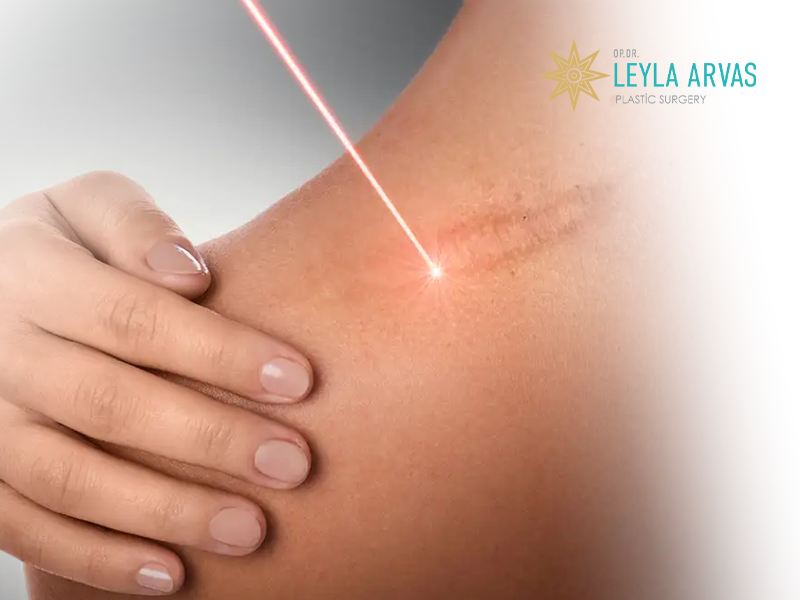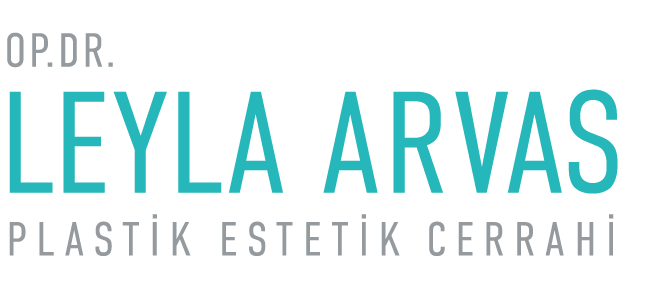Scar revision is performed on a scar to change how it looks. The repair may enhance the scar’s aesthetic appeal, allow movement in a body region that the spot may have limited, or soothe an itchy spot. It’s critical to keep in mind that scars cannot be eliminated.

When the skin is damaged or lost, the body’s natural response is to repair itself by forming a scar. Fibrous tissue frequently makes up scars. Spots can develop for a variety of causes, including infections, surgery, traumas, or tissue inflammation. Scars can form anywhere on the body after surgery and may appear flat, lumpy, sunken, or discolored. The scar could hurt or itch. The ultimate appearance of a scar is influenced by several variables, including the person’s age, nutritional state, skin type, where the scar is on the body, and the direction of the incision.
Clear, ugly, or disfiguring scars may result from poor healing. Even a wound with a good prognosis might leave behind a scar that detracts from your appearance. Scars can be elevated or sunken, have a distinct color or texture from the healthy tissue around them, or be especially obvious because of their size, form, or placement.
Candidates For Scar Revision
Scar revision is a highly individualized surgery, therefore you should get it done for your reasons, not to appease other people or to attempt to conform to any kind of ideal. Any age can undergo scar correction, which is an excellent choice for you if:
- Any scar on your body is bothering you
- You are in good physical condition
- You do not smoke
- You are optimistic and have set attainable objectives for your scar correction surgery
- You don’t have any current eczema or other skin conditions where treatment is needed
Anywhere on your body, scar revision is a cosmetic surgery to enhance the condition or look of a scar.
Which Type Of Scars Can Be Treated With Scar Revision?
Surgery or other treatments suggested by our plastic surgeon can aesthetically enhance discoloration, surface abnormalities, and other minor scars. Acne scars, scars from minor injuries, scars from previous surgical incisions—all of these forms of scars do not interfere with function or create physical discomfort.
Hypertrophic scars are dense clumps of scar tissue that form just at the site of a lesion. They may develop broader over time and are frequently elevated, red, and/or painful. Hyperpigmented people have darker skin than hypopigmented people (lighter in color).
Hypertrophic scars are smaller than keloids. They may pucker and be uncomfortable or irritating. They go beyond an initial wound or incision’s borders. Although keloids can grow everywhere on the body, they are more prevalent on the face, neck, ears, chest, and shoulders where there is less underlying fatty tissue.
Contractures are scars that limit mobility as a result of the underlying tissue and skin pulling together when the wound heals. When there is significant tissue loss, such as after a burn, they can happen. Contractures can also develop when a wound crosses a joint, limiting motion in the fingers, elbows, knees, or neck.
Our plastic surgeon will choose the best methods to enhance your scar based on the type of scar you have.
Methods For Scar Revision
The extent of your scarring, as well as the kind, size, and placement of the scar, will determine how much progress may be made with scar revision. Sometimes, a single strategy might result in a noticeable improvement. To get the greatest results, your plastic surgeon could advise combining several scar modification methods.
Topical therapies, including gels, tapes, or external compression, can promote wound healing or lessen the skin’s capacity to create asymmetrical pigment. These products can help with the healing process after scar modification treatments as well as the treatment of pre-existing surface scars and discoloration.
It is also possible to employ injectable therapies. To cover concave or depressed scars, dermal filler might be utilized. The duration of the effects may range from three months to many years, depending on the injectable drug utilized and the specifics of your scarring. To sustain outcomes, therapy must be repeated. Another type of injectable treatment employs substances with steroidal bases to lessen collagen synthesis and can change the look, size, and texture of elevated scar tissue.
Acne Scar Revision
There are several approaches to treating acne scars. Chemical peeling and laser therapy are the two most widely utilized treatments for treating acne scars. If the client has active acne, acne therapy should be used initially, followed by treatment for acne scars. Fractional laser therapy is another successful way of treating acne scars. The collagen beneath the skin is damaged by this treatment, and new collagen is produced as a result. The use of a specialized laser instrument is used to carry out this therapy approach. As a result, the top skin’s stem cells are activated.
The surface is covered by these just-produced epithelial cells. Each session of this procedure, which typically lasts one to three sessions, is set aside for an hour. After treating acne scars, the most crucial thing to remember is to stay out of the sun as much as you can. After this therapy, skin rashes and peeling are other possible side effects. But these issues are just transient.
Typically, acne scar therapy is used to get rid of the blotchy scars that remain after healing from active acne. When the scars are still pink, treatment should begin right away. So that it can be more successful.
Keloid Scar Revision
A keloid is an irregular scar reaction to skin damage that often affects people with darker skin types and runs in families. Although the precise reason for keloid development is unknown, the process involves an excessive proliferation of collagen and fibrous tissue. Keloids can produce bothersome symptoms including pain, burning, or itching sensations because they frequently extend beyond the boundaries of the original scar. Keloids are fairly uncommon on the lips or the nose, but they frequently affect particular parts of the face such as the earlobes, jawline, and neck.
Since keloids are challenging to treat and frequently recur after excision, it is frequently necessary to combine several treatment modalities to increase the likelihood of a full recovery. Combination therapy can be used to treat keloids that are still in the early stages of development. The application of a silicone sheet dressing can also be beneficial, as can compression and massage of the keloid to soften the scar. Keloids’ symptoms can be improved by laser therapy, such as the pulsed dye laser (PDL), which can also cause some softening and lessen the vascularity of keloids. A series of injections are frequently advised to get the greatest effect. Medication injections with corticosteroids into the keloid can assist to reduce and soften the keloid. For better outcomes in keloids that are difficult, additional medical injections such as fluorouracil (5-FU) may be used with steroid injections.
Are Scar Treatment Results Permanent?
Your scar revision surgery will have long-lasting effects, but it can take some time before you see them. In some situations, it might even take a year for the new scar to entirely recover and disappear.
The first week or so of a surgical scar revision recovery may be characterized by regional edema, discoloration, or pain. For several weeks, the new scar will heal and gradually improve and diminish as it does so. In addition to general sensitivity, you will encounter symptoms comparable to those described above at the treated region with dermabrasion, chemical peels, or laser resurfacing.
Surgery and medical treatment are not precise sciences. Although positive outcomes are anticipated, there is no assurance. In certain cases, a single surgical treatment may not be sufficient to produce the best potential outcomes, necessitating further surgery.
How Much Does Skin Revision Cost?
There are several approaches to treating scars. As a result, each treatment’s cost is different. The cost of treating acne scars is also influenced by factors like the facility where the surgery is done and the expertise of the doctor doing it. The Ministry of Health cannot legally allow facilities to list pricing on their websites. You may reach our clinic by dialing +90212 241 46 24 for any of your additional queries as well as the most up-to-date price information.
